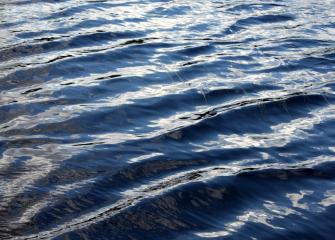Water

Clean water is essential for the well-being of both humans and nature. Finland has a lot of water: sea areas and inland waters cover more than one fifth of the national territory. There is also plenty of groundwater – more than three times the amount of our lake water. Water bodies interact with one another. Water moves from the surface to underground and vice versa. Streams flow into lakes, rivers, and eventually into the sea. Sometimes a sea bay can reach out, enclose and form a new lake. These interactions matter: what happens in one water body reflects on others.
State of the surface waters is a sum of many things
The ecological status of Finland’s inland waters is mostly good. This means that, on average, lakes and rivers provide a fairly good habitat for their natural flora and fauna. The chemical status of water bodies indicates the presence of hazardous and harmful substances. Some of these substances are generally found in excess in water bodies, which weakens the score of our inland waters’ chemical status. The state of Finland’s coastal waters is mainly affected by Finland’s own emissions, while the state of the open sea is also affected by other types of loads to the Baltic Sea. The entire Baltic Sea is still suffering from eutrophication. Small water bodies account for the weakest share of different waters in Finland. The majority of streams, springs and other small water bodies have been destroyed or have lost their important features.












